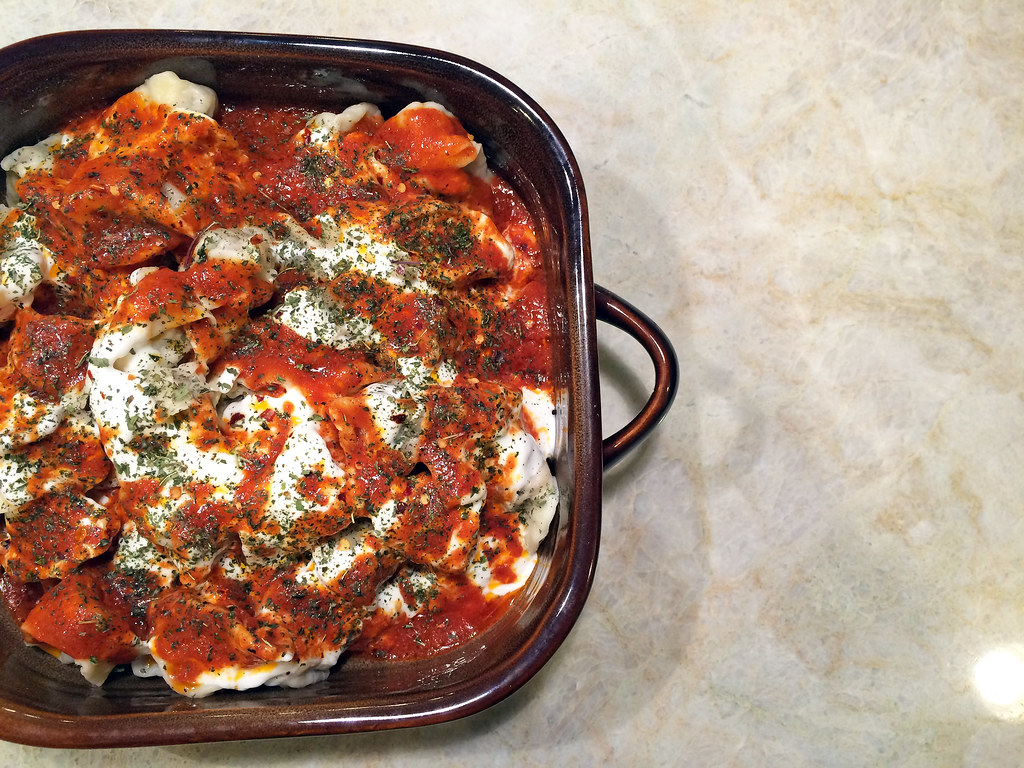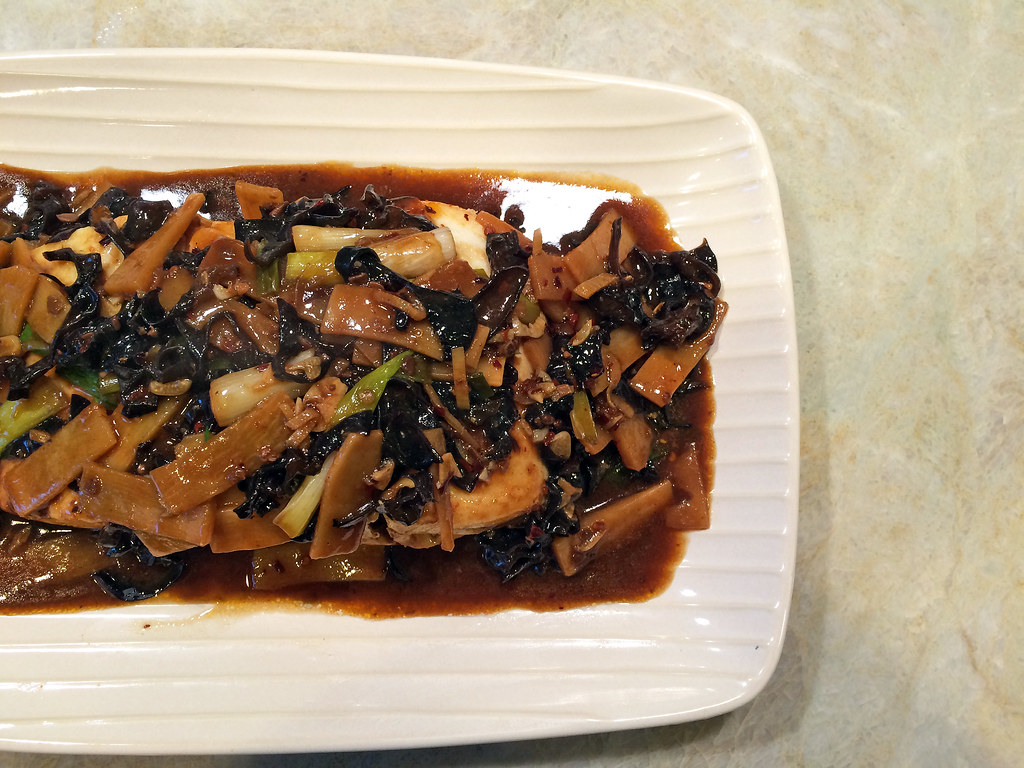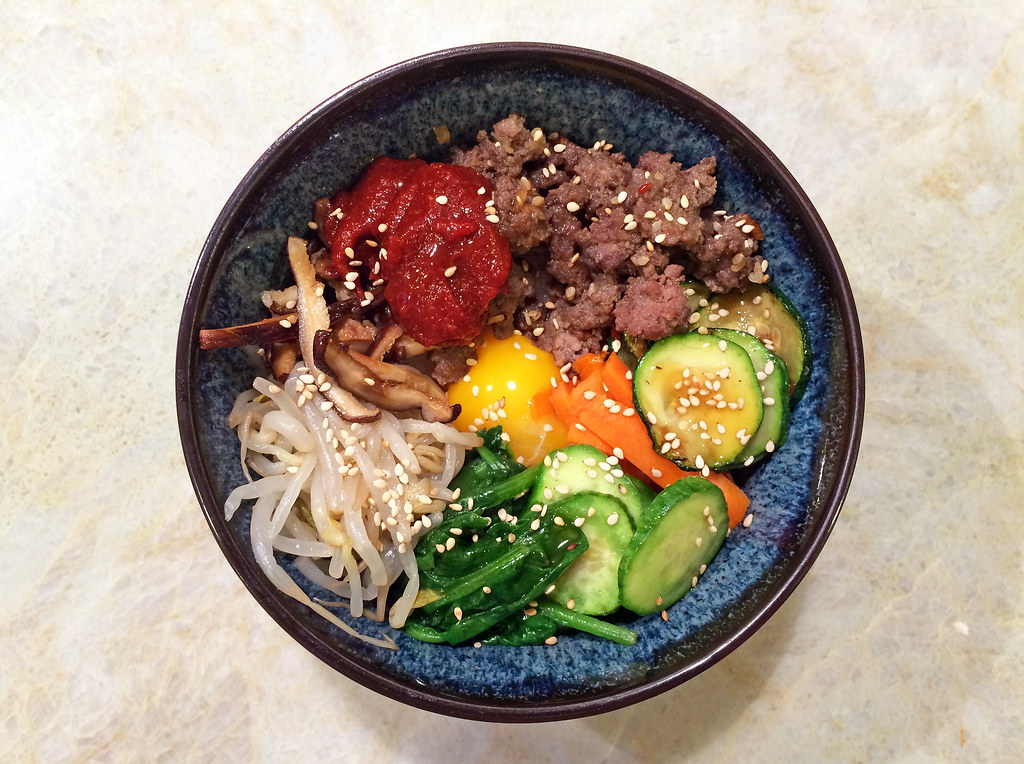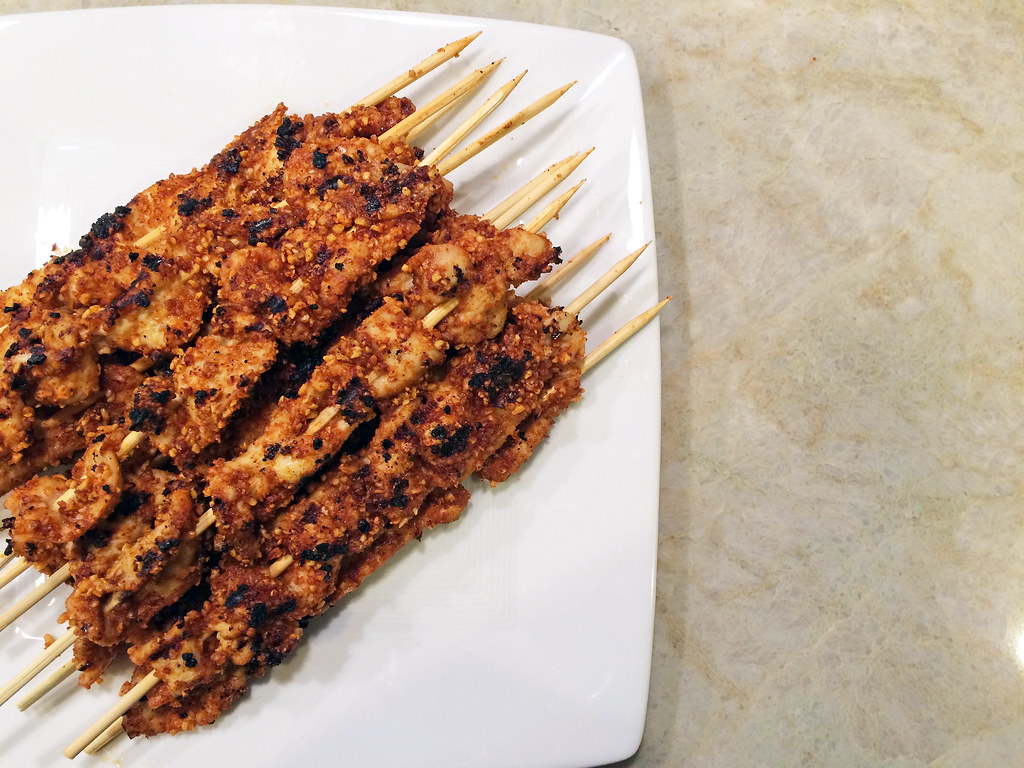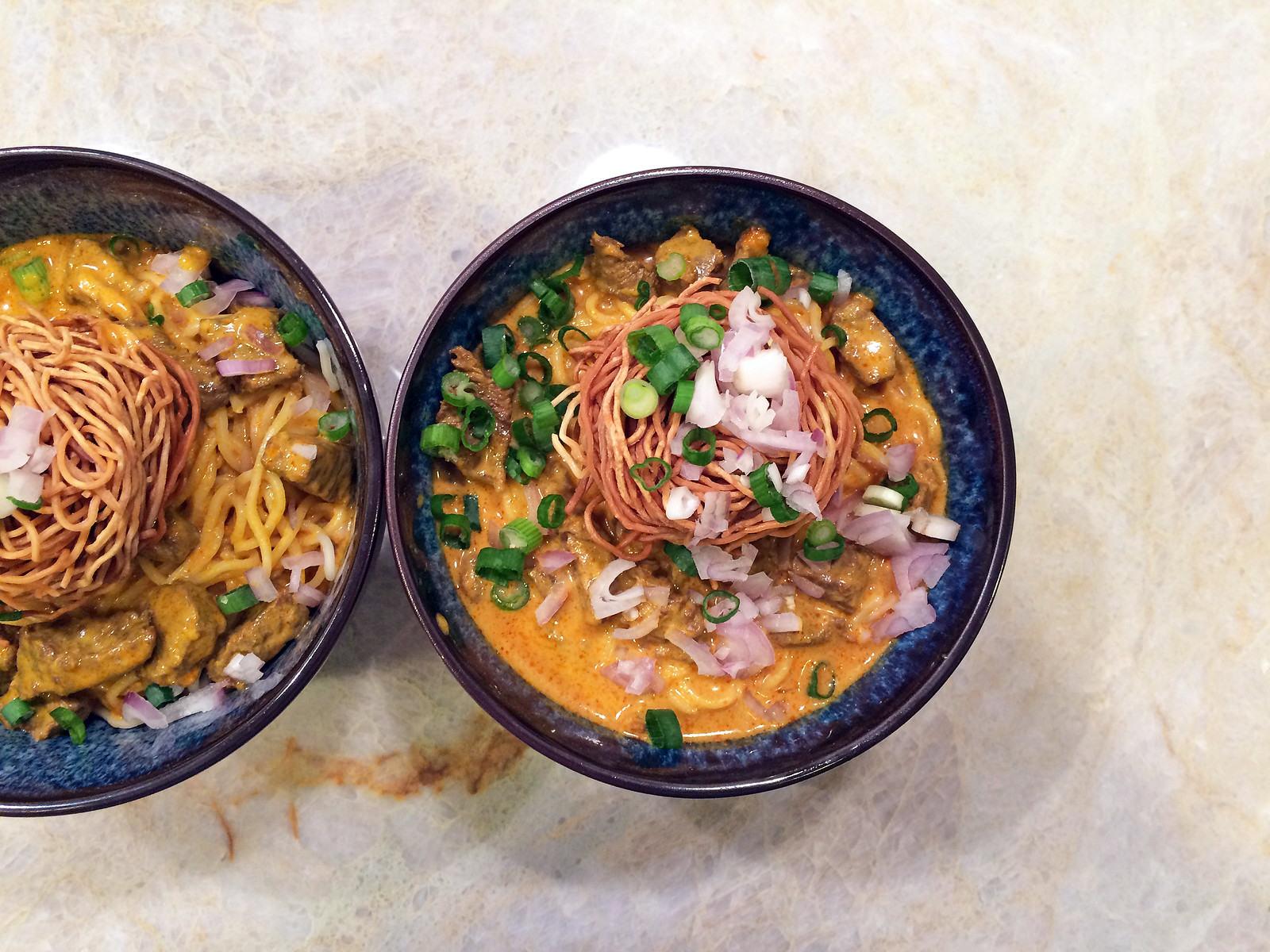The first time Nishan had manti was at the Calgary Turkish Festival in 2013. I spotted a booth of aunties selling the tiny meat-filled dumplings and was so excited for Nishan to have a revelatory eating experience. Except the mantis weren’t very tasty, and that was that. Mantifail.
I had to make things right. Fast forward to 2017 and this recipe has righted all the manti wrongs of the world. The original version is intended to make six servings but the two of us ate the entire thing in one sitting. That’s how good these spiced manti are, covered in a yogurty, buttery, tomatoey sauce. They’re labor intensive but worth all the effort.
One last word about manti: it’s no coincidence that the name of these lamb or beef dumplings encased in a dough wrapper sound so similar to Chinese mantou and Korean mandu. Food has no borders.
Ingredients:
1 cup plus 2 tablespoons all-purpose flour, plus more for dusting
1 egg
salt
1/2 pound ground beef
1 onion, grated
3 tablespoons minced parsley
1/4 teaspoon pepper
1 cup Middle Eastern or Greek yogurt
1/2 teaspoon finely grated garlic
4 tablespoons butter
5 tablespoons tomato sauce
1 teaspoon paprika
Dried mint
Aleppo pepper
1. Make the dough: In a bowl, combine the flour, egg, and 1/4 teaspoon salt with 5 tablespoons of water and mix with a wooden spoon until a dough forms. On a lightly floured work surface, knead the dough until smooth, about 5 minutes. Return the dough to the bowl, cover with plastic wrap and let rest for 1 1/2 hours.
2. Make the meat filling: In a bowl, combine the beef, onion, parsley, 1 teaspoon, salt, pepper, and mix well.
3. Make the yogurt sauce: In a bowl, combine the yogurt and garlic and season with salt. Mix well and set aside.
4. Make the tomato-butter sauce: In a small saucepan, melt the butter over low heat. Stir in the tomato sauce 
and paprika and keep warm.
5. Lightly dust a baking sheet with flour. Bring a large pot of salted water to a boil. On a lightly floured work surface, using a rolling pin or pasta machine, roll out the dough 1/16 inch thick. Cut the dough into 2-inch squares. Spoon 
1/2 teaspoon of the filling in the center of each square. To form the manti, fold the dough over the filling to form a triangle; press the edges together to seal. Transfer the manti to the baking sheet.
6. In a large pot of boiling water, boil the manti until tender and cooked through, about 5 minutes. Using a slotted spoon, transfer to a serving platter. Top with the yogurt sauce and warm butter sauce, sprinkle with dried mint and Aleppo pepper and serve.

